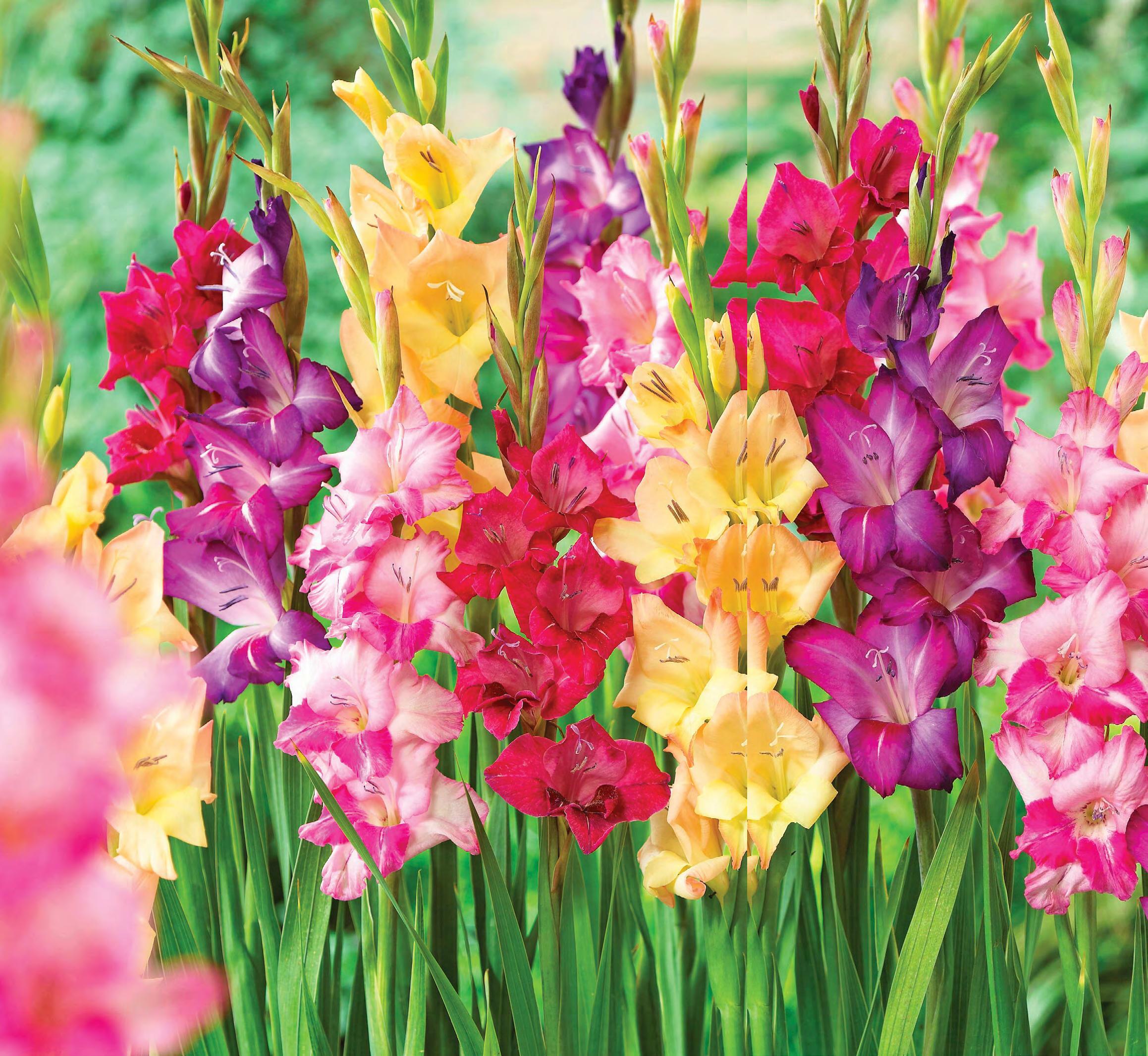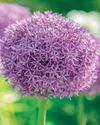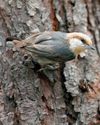
GRACING GARDENS FOR U GENERATIONS, the fast-growing gladiolus is a member of the iris family, featuring multiple funnel-shaped blossoms clustered together alongside narrow, blade like leaves. Named for gladius, the Latin word for "sword," the genus is also known as flag flower and sword lily. Glads, as they're often called, add drama to small spaces and are perfect for cut-flower arrangements. Most varieties are hardy in Zones 7 to 10, but some are rated hardy to Zone 5. They're easy to plant, deer resistant and affordable, says David R. Clark, a certified nursery and landscape professional with the New York State Nursery and Landscape Association Inc., in Hamburg, New York.
"You can buy a bag of 45 unnamed corms from your local garden center or home construction store for $17 to $20," David says.
AN EXOTIC PAST
Gladioluses flourish in many North American gardens, but most varieties are native to arid African and Mediterranean areas, David says.
"There are more than 300 species of gladiolus worldwide-260 originating from South Africa, 76 from tropical Africa and 10 Asian and Mediterranean European ones, which are some of the hardiest," he says.
Plant breeders developed the first large-flowered hybrid types in the late 1830s, and now glads offer amazing color and texture.
SIZES, SHAPES AND COLORS FOR ANY GARDEN
This story is from the August/September 2023 edition of Birds & Blooms.
Start your 7-day Magzter GOLD free trial to access thousands of curated premium stories, and 9,000+ magazines and newspapers.
Already a subscriber ? Sign In
This story is from the August/September 2023 edition of Birds & Blooms.
Start your 7-day Magzter GOLD free trial to access thousands of curated premium stories, and 9,000+ magazines and newspapers.
Already a subscriber? Sign In

Basics of Hydroponics
Use these top tips and plant picks to have a successful soil-free garden

Rooted in Resilience
These hardy perennials will thrive in most zones

Social and Supportive
Brown-headed nuthatches take a helpful approach to raising their young

All About Owl Pellets
And why you should give a hoot about them

Ask the Experts
Advice from our pros about houseplants, bird feeding and more

BRING THE OUTDOORS IN
Making a terrarium is about as close as you can get to a Zen DIY project. Once you have gathered the proper materials and squared away your plant selections, it's as simple as layering it all together and watching your mini ecosystem thrive. Here, I'll walk you through my foolproof process and cover all the required elements for good filtration, healthy soil, strong root growth and resistance against fungus and disease.

GROW THIS. NOT THAT
Six easy-to-grow houseplants—and six that may not be the right choice for you

Winter MAGIC
Forecasts may be frigid, but grab your binoculars because birding opportunities are still incredible

Sense or Nonsense? - Why some birds can taste and smell - but others can't
Does a porcelain berry taste like a blueberry to a gray catbird? Does a block of lard smell like frying bacon to a northern flicker? The short answer is no. While some avian species do have a well-adapted sense of taste or smell, they can't distinguish between flavors and odors the way humans can. They're not picking up every ingredient in the suet you put out, says José Ramírez-Garofalo, an ornithology researcher at Rutgers University in New Jersey and the director of Freshkills Biological Station in Staten Island, New York.

Maple Mania - Amazing facts about this fall foliage mainstay
Amazing facts about this fall foliage mainstay